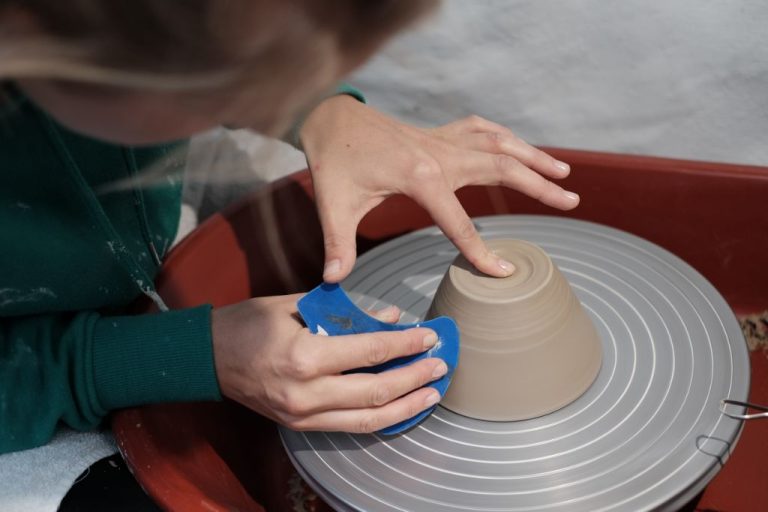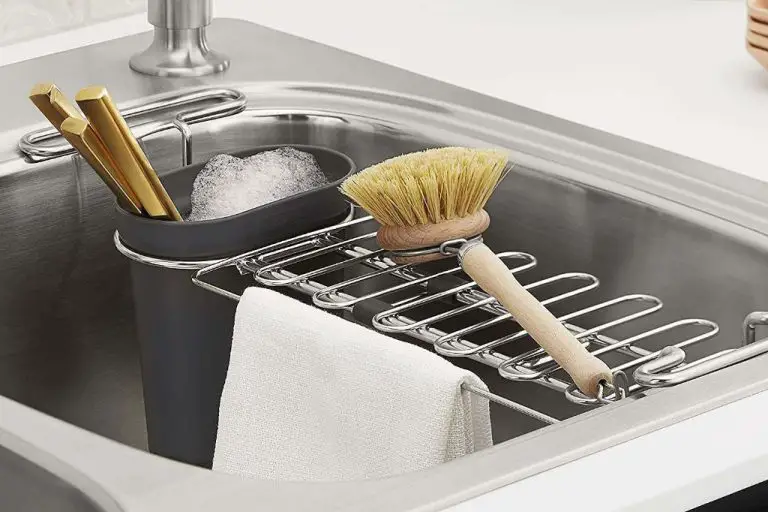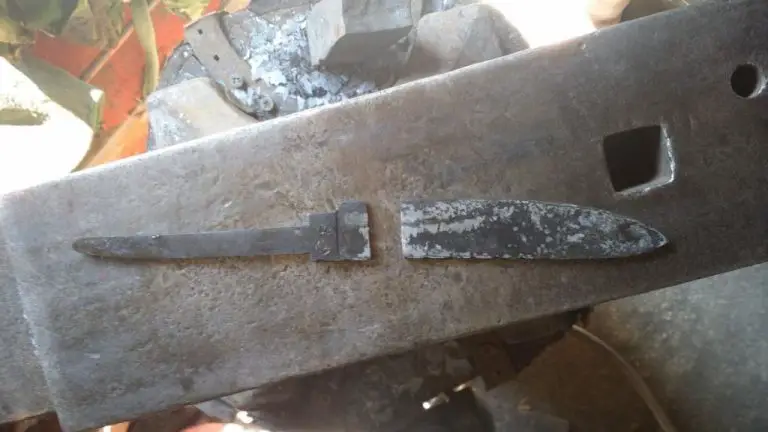How Do You Age Terracotta Pots Quickly?
Terracotta pots are a type of flower pot or planter made from natural clay. They have an orange or red-brown color that comes from the clay’s natural pigment. Aging terracotta pots refers to making them look antique or weathered through artificial means.
There are several reasons why people like to artificially age new terracotta pots:
- Aged terracotta pots have an antique, rustic look that adds charm and character to indoor and outdoor spaces.
- The aged look blends in better in cottage gardens, vintage homes, or with repurposed decor.
- New terracotta pots have a very uniform look while aged ones add visual interest.
- Artificially aging pots is often faster and cheaper than trying to find genuine antique pots.
- Aging them yourself allows you to control the exact distressed effect.
This guide will walk through several methods for artificially aging new terracotta pots quickly to get a weathered, vintage look.
Vinegar Method
The vinegar method is one of the easiest ways to quickly age new terracotta pots. Vinegar is an acidic liquid that reacts with the clay material of the pot, causing a chemical reaction that eats away at the surface and mimics a weathered, aged appearance.
Here’s how to age pots using vinegar:
- Start by cleaning your pot thoroughly and letting it dry completely.
- Fill a plastic tub or bucket with undiluted white vinegar. The container should be large enough to fully submerge your pots.
- Fully immerse your pots in the vinegar and let them soak for at least 1-2 hours. Longer soak times up to 24 hours will create more of an aged effect.
- After soaking, remove the pots from the vinegar and rinse them off with water. You may see bubbling on the surface as a reaction between the vinegar and clay.
- Allow your pots to dry completely. The vinegar will eat away at the clay and create a rough, mottled texture.
- For added aging, you can scrub the pots with steel wool or scrape them with a knife to create more cracks and crevices.
The vinegar soak will start to break down the clay material, making the pot look old and weathered. Test different soak times to get the aged appearance you desire.
Baking Method
Baking terracotta pots is an effective way to accelerate the aging process. The heat helps to dry out the clay and alter the color to a more aged, weathered appearance. When clay is fired at high temperatures, chemical changes occur that darken and mature the material over time. By replicating this process at home, you can quickly give new terracotta pots an antique look.
To bake pots, start by cleaning them thoroughly and allowing them to air dry. Pre-heat your oven to anywhere between 200-300°F. Place the empty, dry pots on a baking sheet lined with foil or parchment paper. Bake for 1-2 hours, checking them periodically. You’ll notice the color darkening as the clay hardens and oxidizes. The longer you bake, the more aged and weathered the look. Avoid exceeding 300°F, as higher temperatures can damage the structural integrity of the clay. Small pots will age faster, while large pots may need 2-3 hours for results. Allow pots to cool completely before handling.
Baking brings out terracotta’s natural colors and accelerates the aging effects of heat, air, and time. With this simple DIY method, you can give new pots an instant antique or rustic feel to match with your decor.
Tea Staining
Tea staining is a great way to naturally age terracotta pots. The tannins found in black tea will react with the clay material, causing it to darken and take on an aged, weathered appearance. The tea staining process is simple and only requires a few ingredients – tea bags, water, and patience!
Tannins are plant-based polyphenols that are found in many foods and drinks, including tea leaves. When exposed to oxygen, the tannins undergo oxidation which produces a darkening effect. This reaction allows the tannins to bind to and alter the outer layer of the terracotta clay, creating a convincingly aged look.
To tea stain a terracotta pot, you will need:
- Black tea bags
- Large pot or bucket
- Water
Instructions:
- Fill the bucket or large pot with hot water. Use enough water to fully submerge the terracotta pot.
- Add at least 10 black tea bags and allow them to steep for 5-10 minutes to make a highly concentrated tea.
- Submerge the terracotta pot in the tea bath. Make sure the tea fully covers the pot.
- Allow the pot to soak for at least 1 hour. Longer soak times will result in darker staining.
- Remove the pot and allow it to air dry fully. It may initially have a mottled appearance.
- Once dry, you can repeat the tea bath process for a darker effect.
The tea staining method provides a subtler, more natural weathered look than some other aging techniques. It’s also very low cost and the tea is harmless to work with. With some trial and error, you can achieve beautifully antiqued terracotta pots.
Sandpaper
Sanding terracotta pots is an effective way to quickly age them and add a weathered, rustic look. The abrasion from the sandpaper mimics the natural erosion that occurs over time from environmental factors. Start with a medium grit sandpaper around 150 and then progress down to lower grits like 80 or 60 for more dramatic distressing.
Lightly sand the pot all over, concentrating on the rims, raised edges, and any textured areas. Sand in a circular motion applying even pressure. Too much pressure can quickly remove the red terracotta finish so go slowly. Focus on creating random patterns of sanded and unsanded areas for an authentic aged appearance.
Try using an orbital sander on large pots to speed up the process. Hand sanding may be best for intricate pots or hard to reach spots. Make sure to wipe away sanding dust between grits. Finish by gently brushing off any remaining particles with a dry cloth.
Bleach
Bleach is a chemical that can be used to age terracotta pots quickly. When bleach comes into contact with the clay material of the pot, it causes a reaction that lightens the color. This gives the pot a weathered, antique look.
To use bleach to age pots, mix 1 part bleach and 4 parts water in a bucket or other container. It’s important to dilute the bleach, as full strength bleach could damage the pot. Wear gloves and work in a well-ventilated area.
Submerge the pot in the diluted bleach solution or use a sponge to liberally apply it to the outside surfaces. Allow it to sit for 5-10 minutes. Check the pot and remove it once you’ve achieved the desired amount of lightening. Rinse the pot thoroughly with clean water to stop the bleaching action.
Be very careful when using bleach. Only work in a well-ventilated area and avoid skin contact by wearing gloves. Once you’re done, wash hands thoroughly. Bleach can be hazardous if proper safety precautions aren’t taken.
Paint Effects
Another simple way to age terracotta pots is by using paint to create a weathered, antique look. There are a few different painting techniques you can try:
Sponge Painting
Sponge painting involves dabbing paint onto the pot’s surface using a sponge. To try this method:
- Apply a base coat of paint in a light color like white or beige. Let it dry completely.
- Choose one or more contrasting paint colors that complement the base color. Dilute the paints slightly with water.
- Dip a sponge into the paint and dab it all over the pot’s surface randomly.
- Let the paint dry then continue dabbing on more layers until you achieve the aged, mottled look you want.
Dry Brushing
Dry brushing involves brushing thinned paint across the raised areas of texture on the pot. To dry brush:
- Apply a base coat and let dry.
- Choose a paint color that contrasts the base color. Thin it slightly with water.
- Use a dry stiff-bristle brush to sweep the thinned paint lightly over the textured areas.
- Repeat, allowing paint to dry between layers, until you get the aged look.
Experiment with different painting techniques like sponging, dry brushing, stippling, or ragging until you achieve the vintage, timeworn appearance you desire.
Staining
Staining is an easy way to add antique patina and character to new terracotta pots. Certain household liquids will soak into the clay and leave behind a stained effect as they dry.
Liquids like coffee, tea, and wine contain pigments and acids that react with the minerals in the clay. As the stain dries, it leaves behind a variation of colors in the surface. This gives the pot an aged, weathered look.
To stain a terracotta pot, start by cleaning it thoroughly and letting it dry. Then apply your staining agent liberally using a paintbrush or sponge. Let it soak in for a few minutes. Wipe away any excess liquid so the staining isn’t too heavy handed. If needed, dilute the staining mixture with water so it applies more sheerly.
Allow the pot to dry fully. The stain will darken as it oxidizes over 24 hours. Apply another coat of stain for a deeper effect. Once you’re happy with the look, seal the pot with an outdoor sealer to protect the finish.
Some staining agents to try are:
– Coffee or tea – This will give an antique brown finish
– Red wine or grape juice – Adds reddish-brown hues
– Blueberry or cranberry juice – For grayish-blue tones
– Vinegar or lemon juice – For muted yellowish effects
– Turmeric water – For an earthy yellow stain
– Mustard – Creates a mustard yellow patina
– Soy sauce – For an aged dark brown
Be creative and experiment with different stains to get an organic, aged look on new pots. The staining possibilities are endless!
Comparison of Methods
When deciding how to age terra cotta pots, it’s helpful to compare the different methods in terms of pros, cons, time required, and cost. This allows you to choose the technique that will work best for your needs and situation.
The vinegar method is fast, easy, and inexpensive. All it requires is some white vinegar and time. However, it only creates a subtle aged look. Sandpaper creates a rustic, worn look but can be time-consuming. Bleach gives an aged, weathered appearance but also requires time and careful application.
Tea staining is affordable and natural-looking but needs multiple coats. Paint effects allow the most creativity but require more supplies. Staining gives rich, vintage vibes quickly but needs several steps. No method is objectively better — choose based on your desired look and timeframe.
For fast, affordable aging, opt for vinegar or sandpaper. Staining and paint effects produce premium results yet need more effort. Tea staining and bleach land in the middle time-wise. Weigh your priorities and resources to pick the aging method for your terra cotta pots.
Caring for Aged Pots
Once you’ve achieved the aged terracotta look you want, it’s important to seal and protect the finish. Unsealed terracotta is porous and will absorb water, which can lead to damage or ruin your aged effect over time. Apply a sealant formulated for terracotta pots to lock in the patina and color. Multiple thin coats are better than one thick coat. Allow each coat to fully dry before adding another. Test sealers in an inconspicuous spot first to ensure compatibility with any stains or paints used in the aging process.
There are also steps you can take to help maintain the aged terracotta look longer:
- Keep pots out of direct sun and rain when possible, as exposure to elements can wear down the finish.
- Avoid excessive scrubbing or cleaning, as this can remove patina. Gently wipe down as needed.
- Apply fresh sealant each season or as directed by manufacturer.
- Periodically re-apply stain, paint, or other treatments to refresh and reinforce the aged effect.
- Be gentle when handling to prevent chips, cracks, and abrasions.
With proper care and maintenance, your weathered terracotta pots will retain their timeworn charm for many years to come.





